Inspiration
The inspiration for my project came from Central European folk ornamentation, and more specifically, the work of Slovak Artist Štefan L. Kostelničák. Kostelničák researched and collected Czechoslovak ornamentation during the first half of the 20th century. He also produced a great quantity of his own ornamentation work, most of which was painted on paper and pottery.

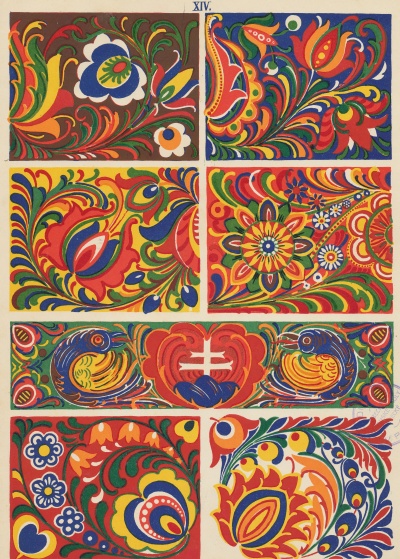
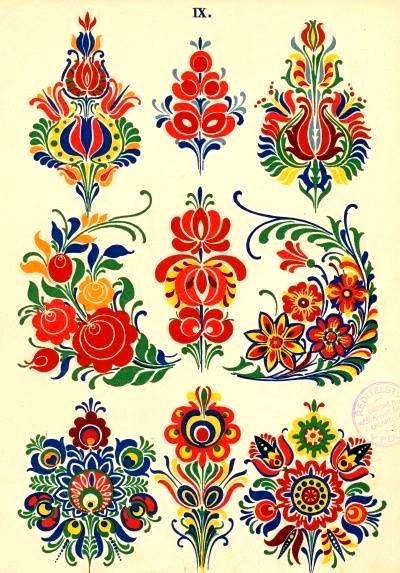
Some of Kostelničák’s ornamentation work
I find Central European ornamentation fascinating for a number of reasons. First, a good part of my family is from Slovakia. Engaging in folk art has the ability to connect individuals within a culture. So as a third generation Slovak who feels rather cut off from my culture, learning about folk ornamentation helps me feel a sense of belonging.
Second, Central European ornamentation heavily features symbology and stylization, which I find fascinating topics in their own right. Instead of trying to realistically portray objects, they are distilled to their most defining characteristics and depicted using a unified design language across a piece. I find this type of work particularly engaging for the imagination and a refreshing departure from realistic rendering.
Third, I love the liveliness of Central European ornamentation. To me, modern aesthetics have always felt drab, uninviting, and lifeless. Central European ornamentation is rich with colorful depictions of flowers, vines, birds, and fruit.
Finally, I believe that the great time and effort it takes to do ornamentation (precisely what makes it unappealing to some) imbues the ornamented object with a special kind of value to its owner. In a society where we cycle through possessions on the scale of years, months, days, or even minutes, giving so much care and attention to ordinary objects is countercultural. I may even say it’s revolutionary.
Vision
My goal was to create a pair of ornamented earrings. I liked the idea of a cloud with little raindrop pendants dangling beneath it.
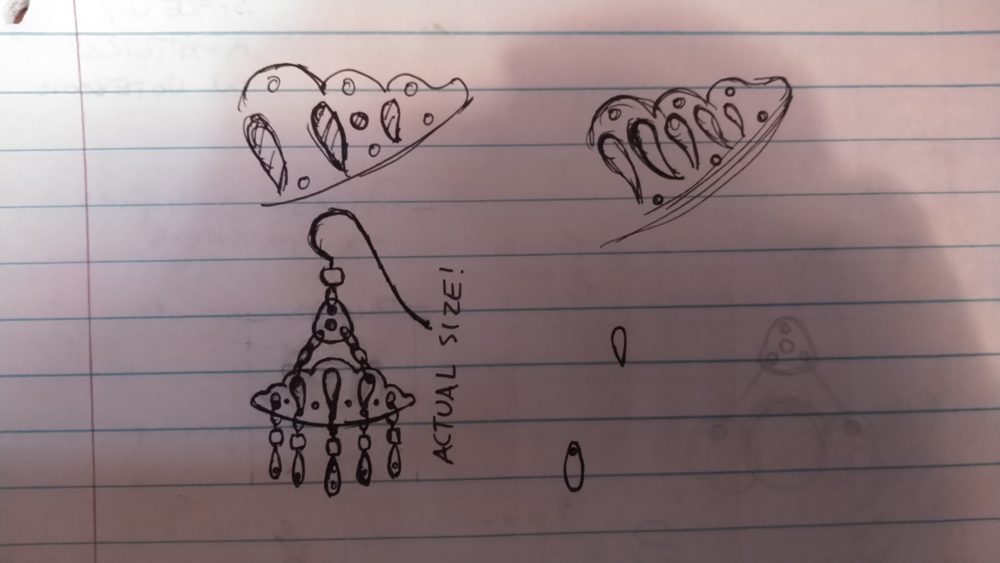
Concept sketches for the earrings
Functionally speaking, I wanted the earrings to work as actual jewelry that I can wear on special occasions. The annual Slovak family reunion would be the perfect opportunity. I also wanted all of the pieces to be articulated, that is, to move independently, and hopefully to shake around a bit when the wearer walks. I also didn’t want them to be too heavy, as that would make them uncomfortable to wear. Finally, I wanted them to occupy a footprint of no more than a couple inches so they don’t catch on clothing, hair, or other accessories.
Aesthetically, I wanted the earrings to look like Central European folk ornamentation. It should be noted that Central Europe also has a rich tradition of metalwork, but for this specific project, I focused less on that and more on the aesthetic of painted ornamentation. I wanted the shape of the clouds and raindrops to be heavily stylized and for each to be filled with colorful ornamentation. I planned to use blue, red, and yellow, which are common colors in ornamentation. Since the piece is very small, I intended to keep the ornamentation simple with basic outlines, dollops, and dots. Kostelničák said that good ornamentation should have contrast, variety, repetition, rhythm, symmetry, intentional proportion/spacing, emotional richness, and vibrant colors. I aimed to achieve all of these in my project.
Fabrication
For clarity, I’ll use the following terms to refer to the earrings’ components. “Forms” refer to the steel cutout shapes, like the cloud, raindrops, and rounded triangle chain connector above the cloud. “Hook” refers to the steel wire hook at the top which goes into the wearer’s ear. “Jump rings” refer to the steel wire chains that connect the rounded triangle to the cloud. “Bead loops” refer to the pieces of steel wire that connect the raindrops to the cloud. Finally, “beads” refer to the copper beads which sit captive on both the hook and bead loops.
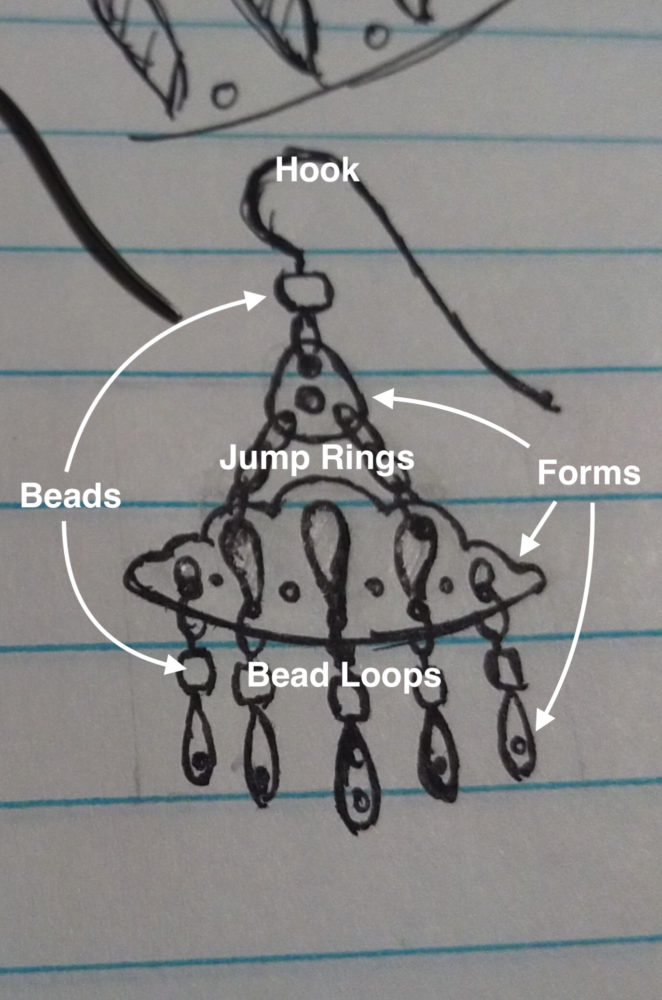
Components of the earring design
I started with the hooks, which I made from safety pins. As is, safety pins are quite springy, so to make them workable I annealed them with a lighter. Then I was able to bend them straight, anneal them once more, and rebend the pins into hooks. I also blunted the ends with some sandpaper so they slide into an ear piercing and don’t stab the wearer when put in.
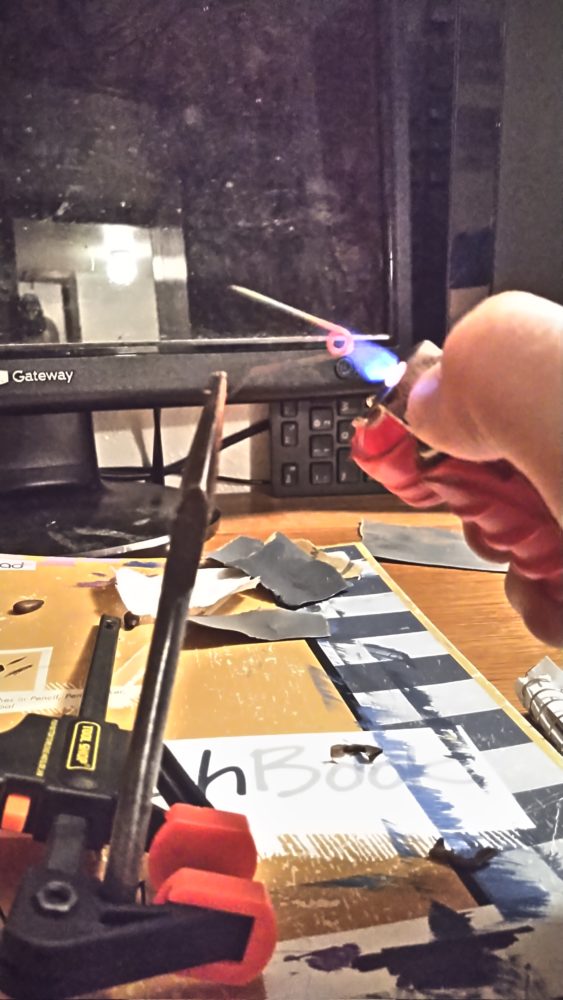
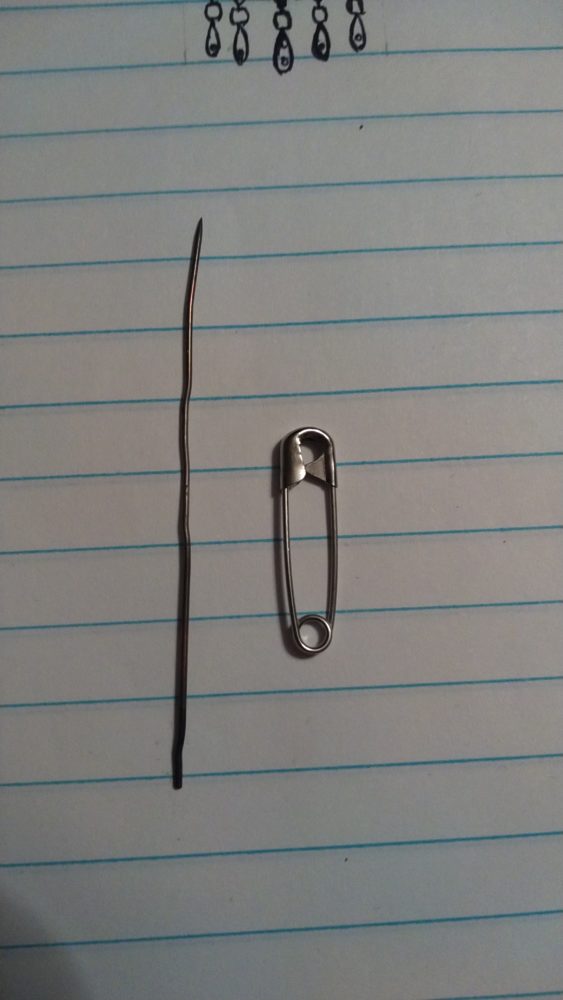
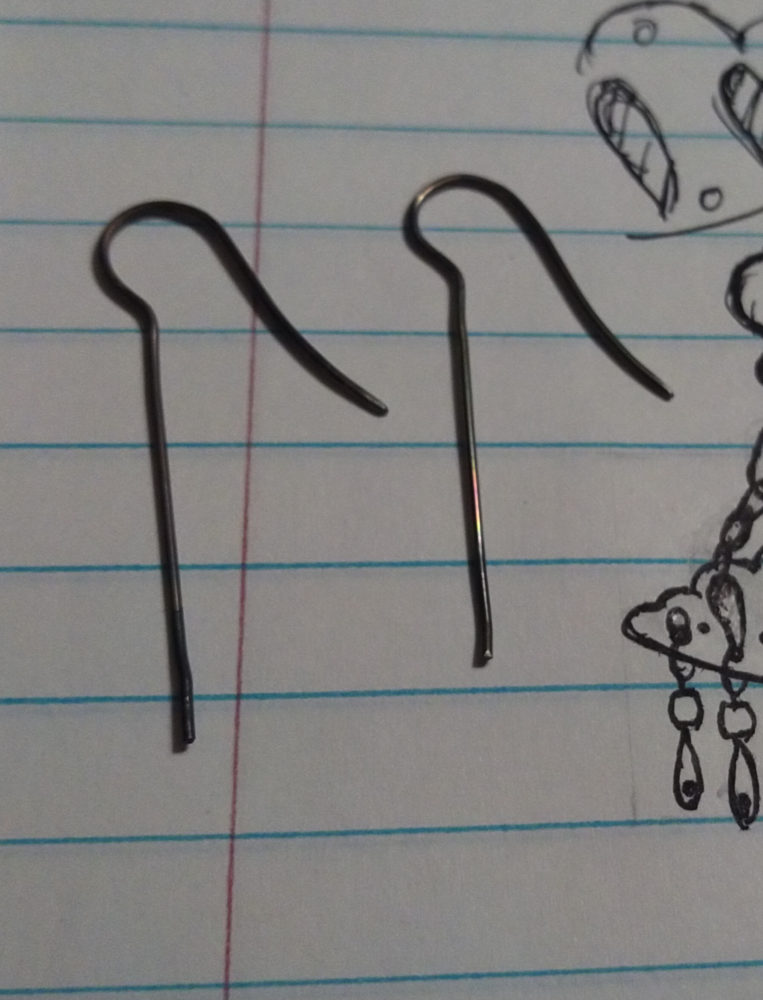
Making the hooks
Next, I started on the beads. My original plan was to make them from wood, but I quickly found that at the scale I was working, the wood grain was not strong enough to hold itself together and the beads would break apart from even slight finger pressure. I had some scrap copper wire laying around and decided to use that instead. I made all 12 beads (2 large and 10 small) on a machine lathe. I had to run the machine slowly and take delicate passes as copper can easily bend or get gummy (ruining the workpiece or tool). It took a few failed attempts to figure this out.
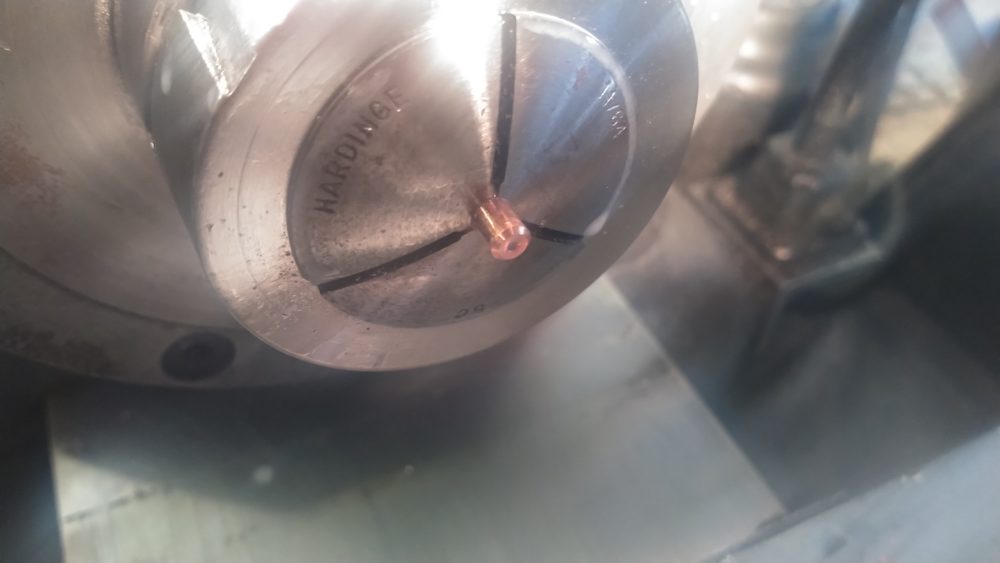
Turning a bead on a machine lathe
I originally intended to use the metal from a soup can lid for the steel forms but after cutting into one I discovered the metal was too thin and flimsy. I work in a metal shop where we have a dumpster full of scrap steel so I decided to use that instead. I first traced out the shapes I wanted and pre-punched divots where I wanted to drill holes. Then I rough cut the pieces using a shear and brought them to their final shapes using hand files. At the very end, I drilled the (teeny tiny!) holes for attachment points. Last but not least, I meticulously deburred each piece.
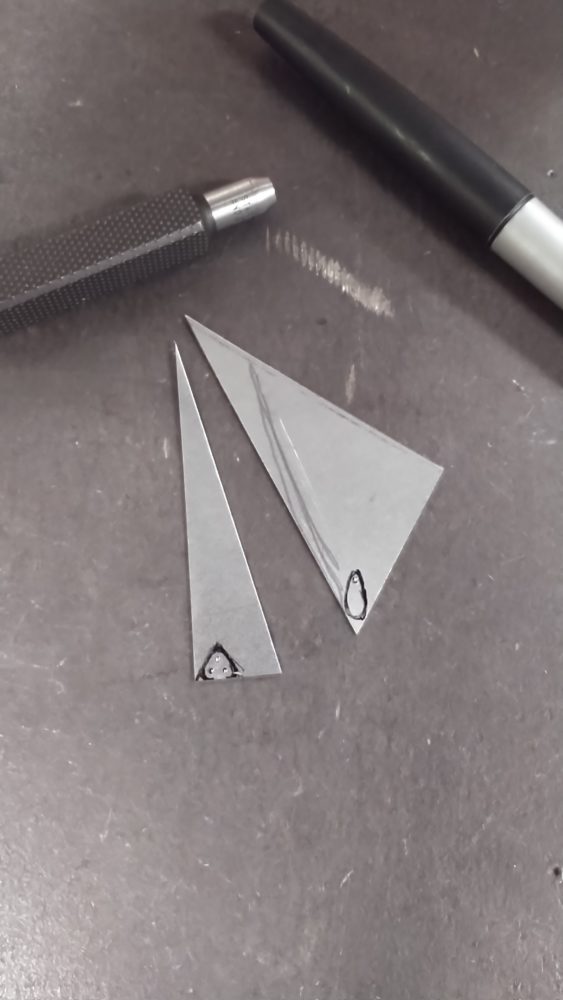
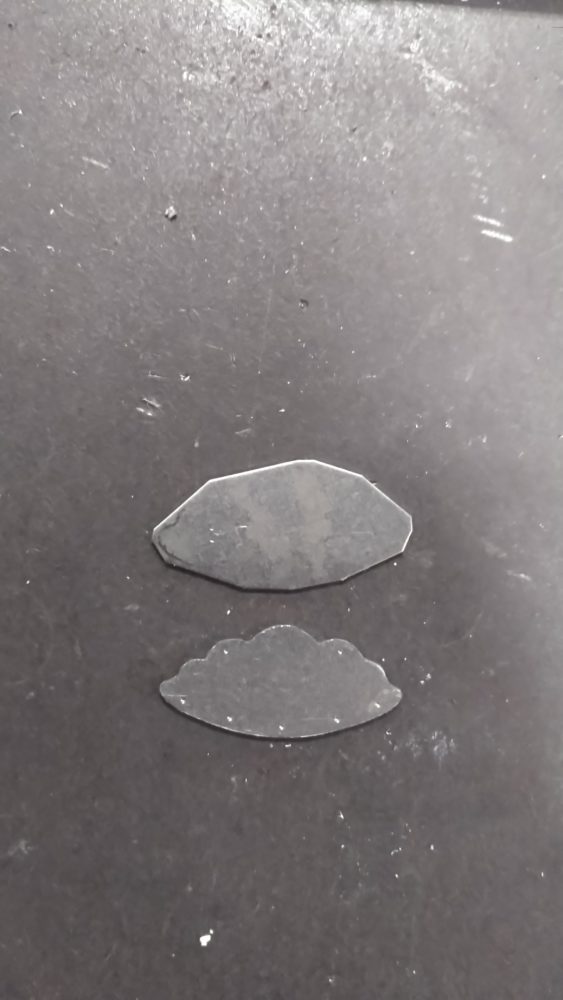
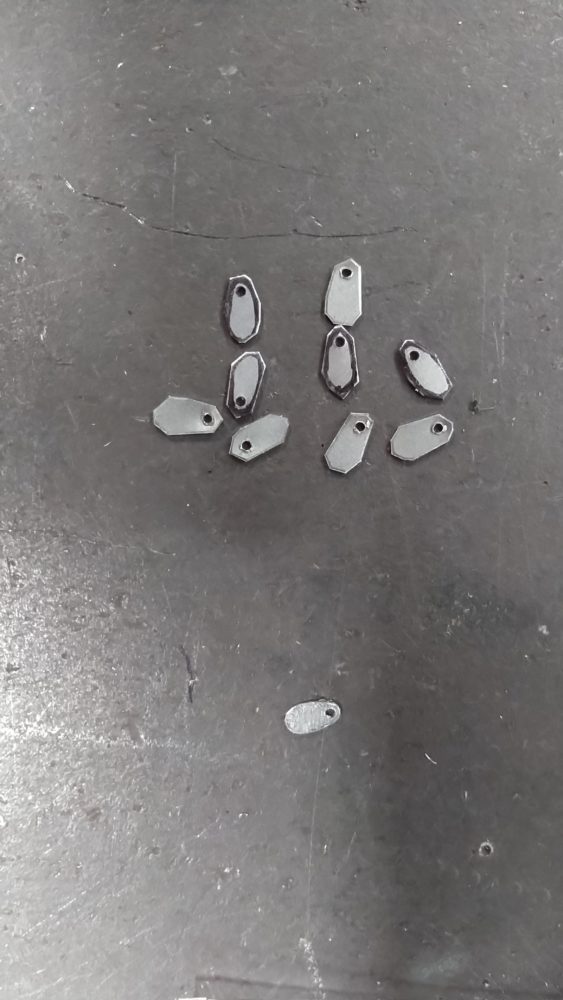
Shaping the steel forms
After I finished the forms, I made the jump rings, which will suspend the cloud forms from the hooks. I made these by wrapping annealed safety pins around a small tube, then cutting the spiral lengthwise with a jeweler’s saw. The hardest part about this step was not losing them when they came free!
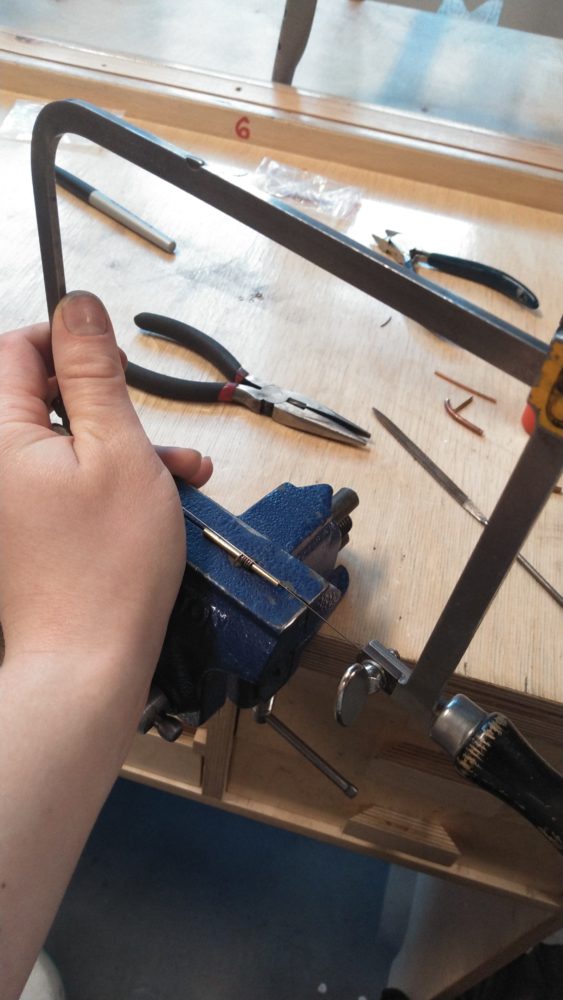
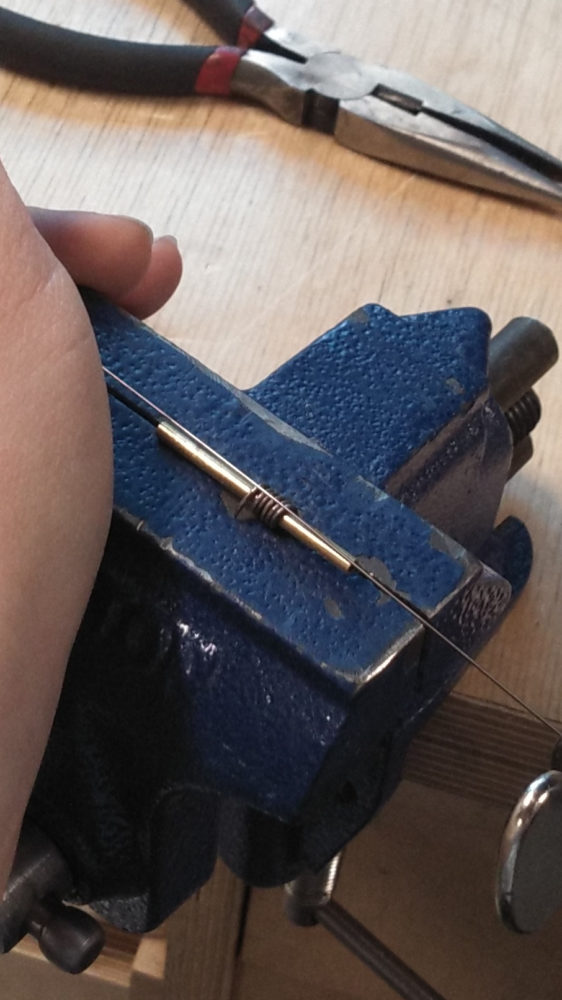
Cutting the jump rings with a jeweler’s saw
Then I made the bead loops. First I formed a small loop at the end of an annealed safety pin with round nose pliers and slid a bead against it. I then bent the other end into a loop and cut it, leaving me with a completed bead loop. However, I decided to unbend (and re-anneal) the first bead loop. I then used it as a template for the other 9. I made the first loop on each, then cut them to the same length as the first. When all 10 were complete, I put a bead on each and bent all the second loops. I followed a similar procedure to capture the large bead on the hooks.
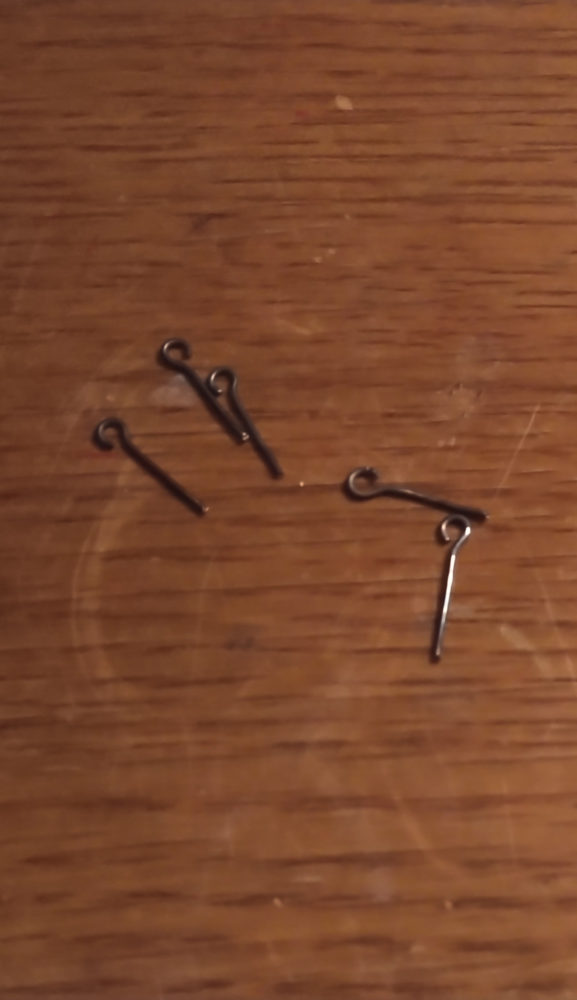
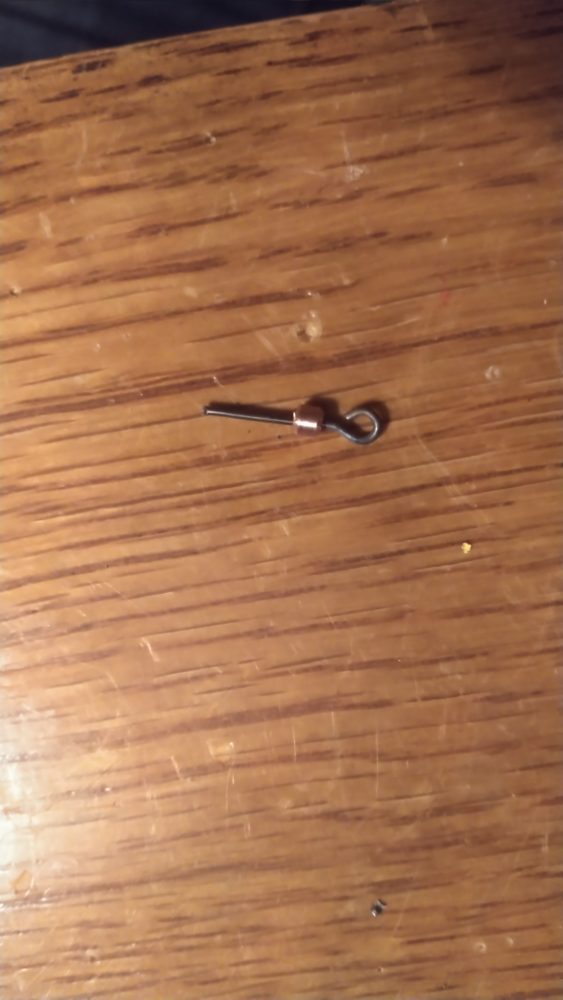
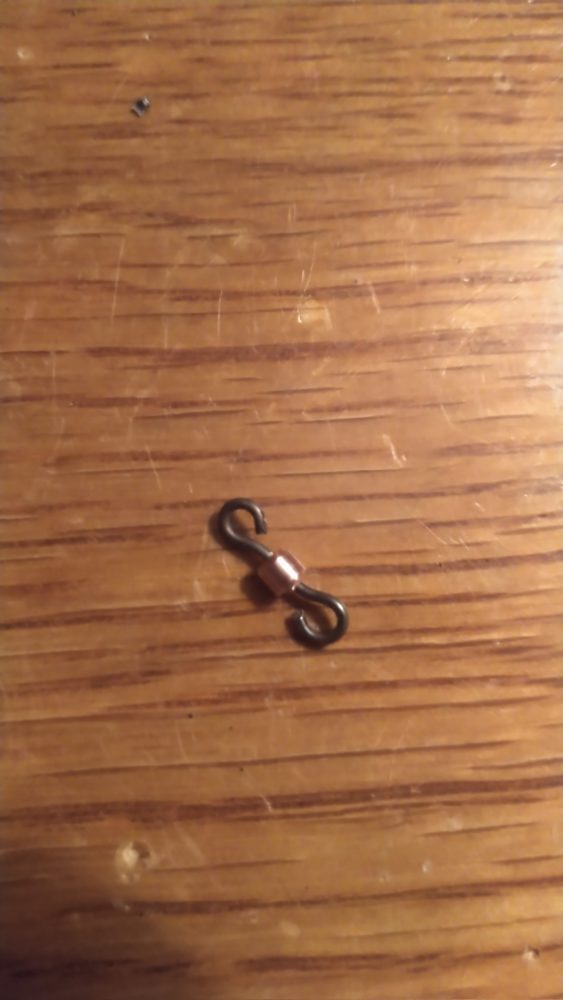
Capturing the beads on the bead loops
After this I painted the forms. My first attempt was using a homemade boiled linseed oil paint. I’ve used this paint before on woodworking projects, but it wasn’t adhering well to the steel. I purchased some model paints at McGuckin’s which worked much better. I started with a base coat of white paint, followed by blue outlines, and finally the ornamentation.
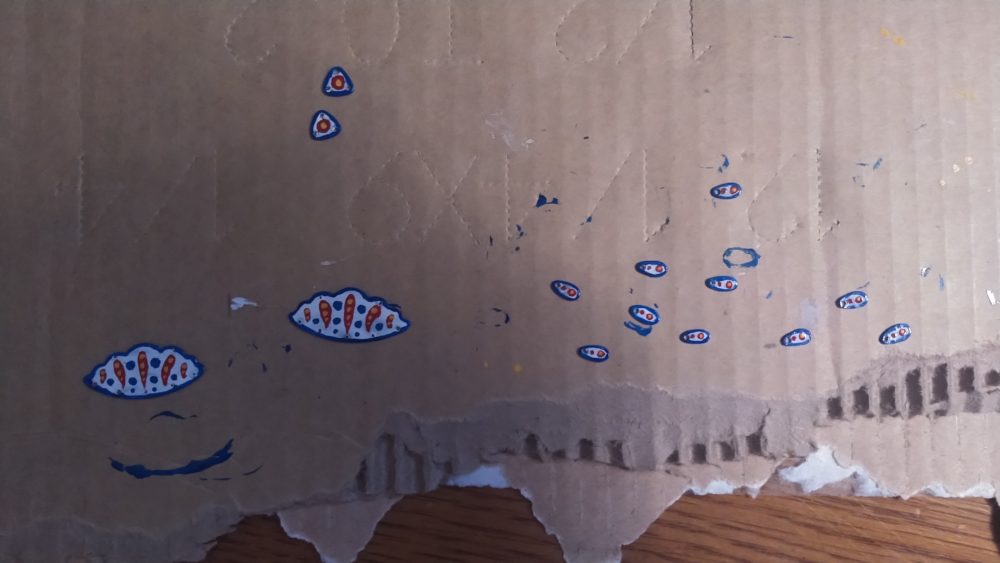
Painting the forms
I found this part very difficult as at this scale the surface tension of the paint was enough to lift some pieces into the air. I had to hold the pieces down while painting, which was a challenge unto itself.
I’m also not very familiar with model paints and I chose a very difficult first project to use them on. That being said, I still had a lot of fun and will certainly use them for other projects in the future.
Finally I assembled the earrings. I thought this would be the easiest step but it actually ended up being very difficult. The jump rings were hard to work with because they were small, thick, and the steel was hard to bend. I started by annealing all of them to help with this. I then bent them open enough to fit around each other and the forms. I attached one to each form, feeding it through the hole and then bending it shut with pliers. Then I fed another through those two jump rings and closed it to create a 3-link chain connecting the cloud form to the chain connector. I repeated this process with all 4 chains. I then followed a similar procedure with the pendants. I attached each pendant to a bead loop, and then the bead loop onto the main assembly. I attached the hooks in the same way and the final assembly was complete!
Results
I’m really happy with the final result. The earrings are colorful, aesthetically pleasing, and very fun to wear.
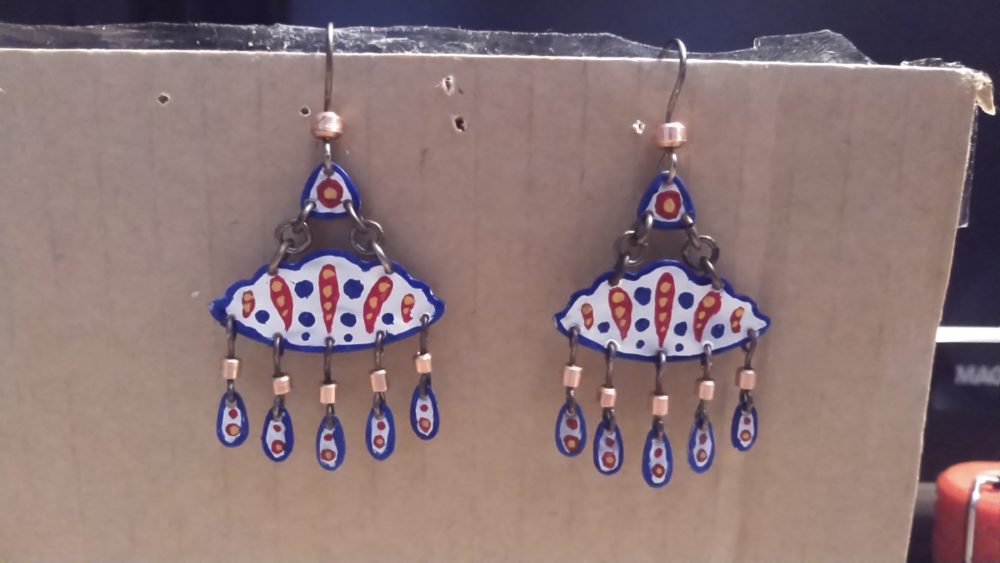
The final result!
Physically, they consist of 4 different materials: sheet steel, steel wire, copper, and model paint. The sheet steel is 22 gauge, or around .030” thick. It came from the scrap bin at my job. The steel wire is around 20 gauge, also around .030” thick (sheet and wire gauge are measured differently). It came from cannibalized safety pins. The copper was copper wire of various thicknesses that were turned to size on a machine lathe. The larger beads measure .15” in diameter and .11” tall. The smaller beads measure .10” in diameter and .10” tall. Each is chamfered on all edges and has a .038” hole drilled along its center axis. The paint is Testors enamel model paint purchased from McGuckin Hardware.
The final earrings measure about 1 ⅛” wide by 2 ⅛” tall. The component parts are as follows: 2 cloud forms, 2 triangular chain connectors, 10 chain connectors, each made of painted sheet steel. 2 hooks, 12 jump rings, 10 bead connectors, each made of steel wire. And 12 copper beads, 2 larger and 10 smaller. The forms are painted with a base coat of white, outlined in blue, and ornamented with red, yellow, and blue.
Functionally, they satisfy almost all of my requirements. Most importantly, they can be worn and are actually fairly comfortable. I wouldn’t wear them every day, but I would certainly wear them for a day. Each piece articulates (no pieces bind up or stick) and they shake around a lot! They sit just barely outside of my original footprint at 2 ⅛” tall. The bead loops ended up being a bit longer than anticipated, extending the entire design by ⅛”. However, the earrings are still a reasonable size and the bottoms clear my shoulders by several inches. I’m ok with it. They are also fairly lightweight. Each earring weighs about .1 oz.
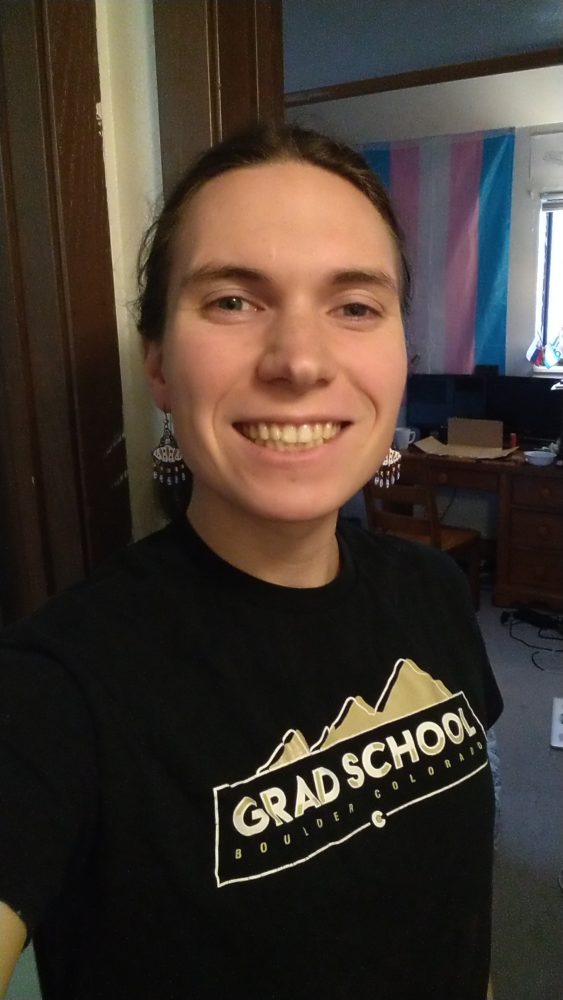
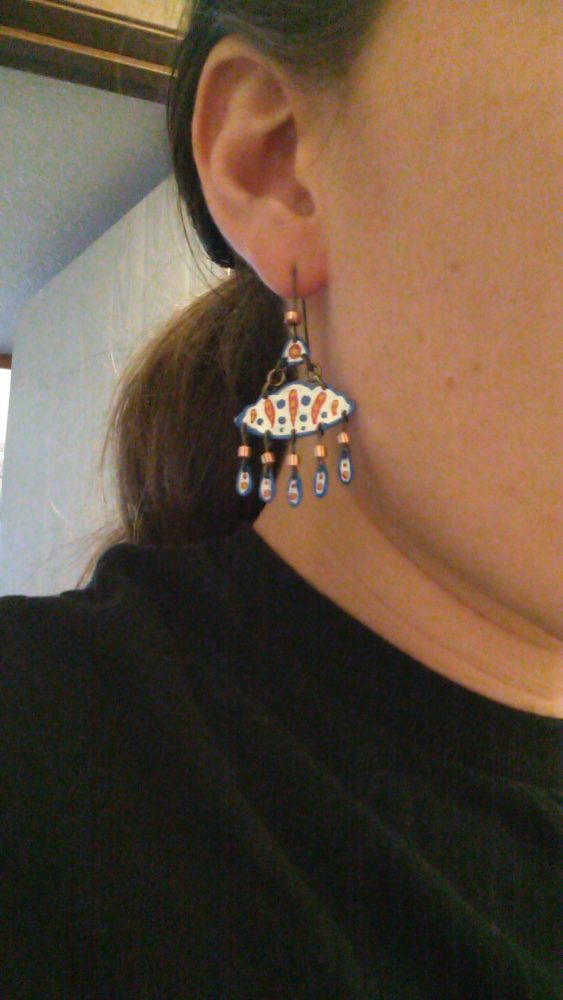
Modeling the earrings. They’re actually quite comfortable!
I believe they conform quite well to the Central European folk ornamentation aesthetic. They feature stylized natural forms, geometric forms, and abstract forms, all of which Kostelničák describes. As I mentioned before, he also says that ornamentation should have contrast, variety, repetition, rhythm, symmetry, intentional proportion/spacing, emotional richness, and vibrant colors. I believe my earrings achieve all of these.
What’s Next?
The obvious next step is to wear the earrings! I’ll probably wear them around for a bit so I can show them off, and after that, I’ll reserve them for special occasions. They’ll certainly make an appearance at the family reunion this Summer.
I’d like to make more jewelry and ornamentation as well. I feel like this project was just the tip of the iceberg for both. I enjoyed using the thin sheet steel as a medium at this scale and the model paint seems to work great with it. With some more practice and smaller brushes I think I could produce even finer designs. I may make bracelets, necklaces, or any number of other accessories using this technique. I’d love to do something with flower or bird designs, which are both quite popular in Central European folk ornamentation. I’d also like to use ornamentation for other projects. I’m currently building a nightstand for this class’ final project and if I have time, I’ll certainly ornament that as well.
Sources:
Anna Kostelničáková. Slovenska Ornamentika. Nitrava, 2020.

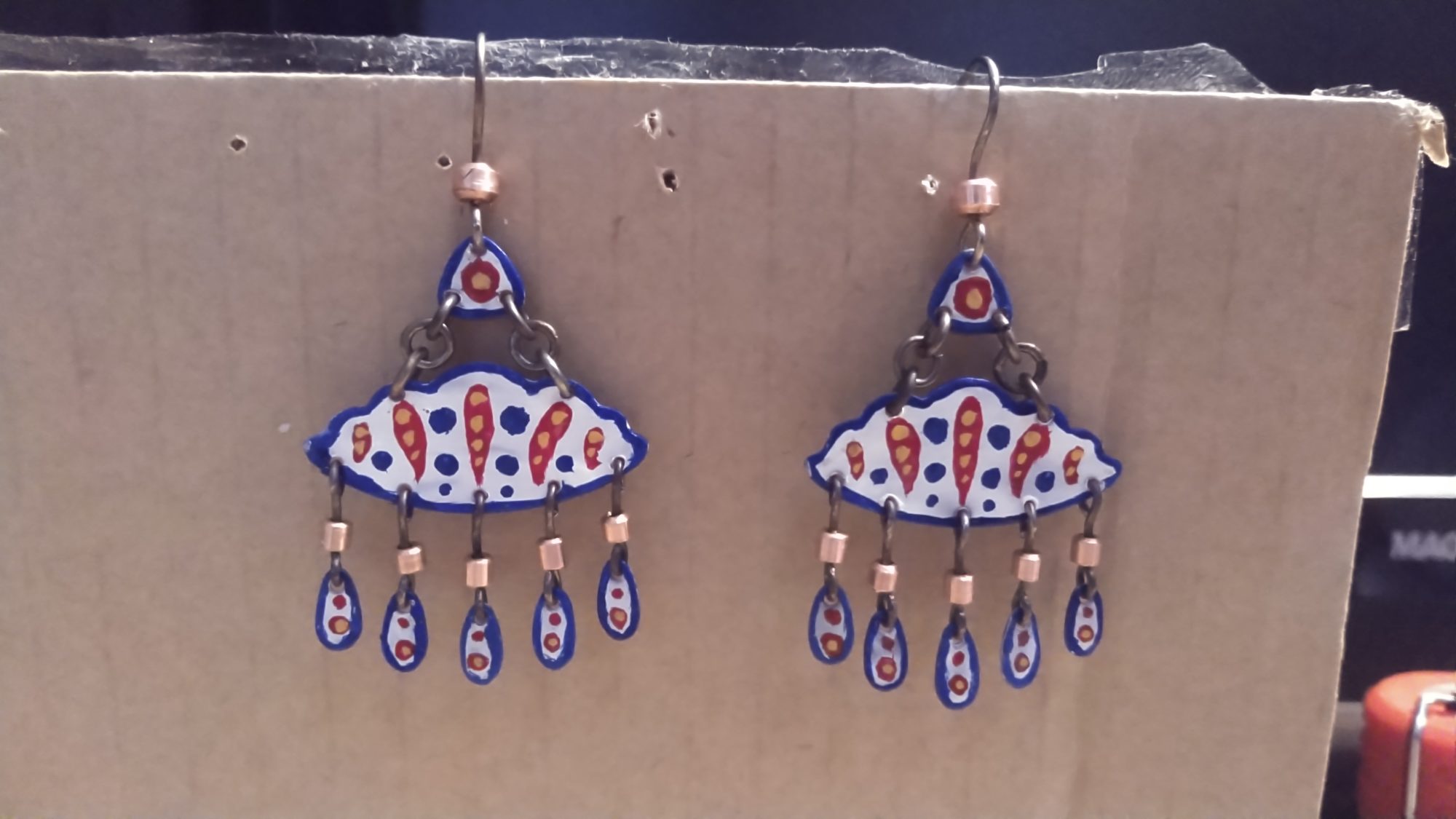
4 Comments. Leave new
These are incredible! I have been following this project since the original post and I am beyond impressed by your process and the final result! I hope you are proud of these. How heavy are the earrings? You mentioned size but no weight, do they stretch out your ears at all?
Thanks! I am very very proud of them. They’re about .1oz or 3 grams each, so not the lightest earrings but they definitely don’t stretch out my ears. I wore them for 3-4 hours the day after I finished them and they were actually quite comfortable!
Also thanks for following my posts. I’ve been following yours as well and I think your project is awesome! I hope your wrist is feeling better and I’d love to see the final result when you have it!
Really good work! I think you did a great job of achieving your chosen aesthetic with the designs on the earrings. The quality of the finished product looks very good and seems like they could survive some wear and tear. Is there a different way you would go about painting the pieces know the issues with the paint surface tension? I like how your project is something that you can wear and display wherever you go and is a great conversation starter. Working with metal is never easy and I think you did really well making the piece look nearly identical. I’m excited to see what you decide to do with your final project and how you execute it. Keep up the good work!
Thanks Grant! I wore them the day after I finished them and I think I did too well because no one even realized I’d made them!
I definitely have some ideas for how to paint these in the future. I think a slightly magnetized surface would work really well. I’m not totally sure how I’d make/acquire that but it would definitely hold the pieces in place. Alternatively I could use something that kind of clamps them to the table. I think what I really need is a miniature set of tools for my miniature projects!